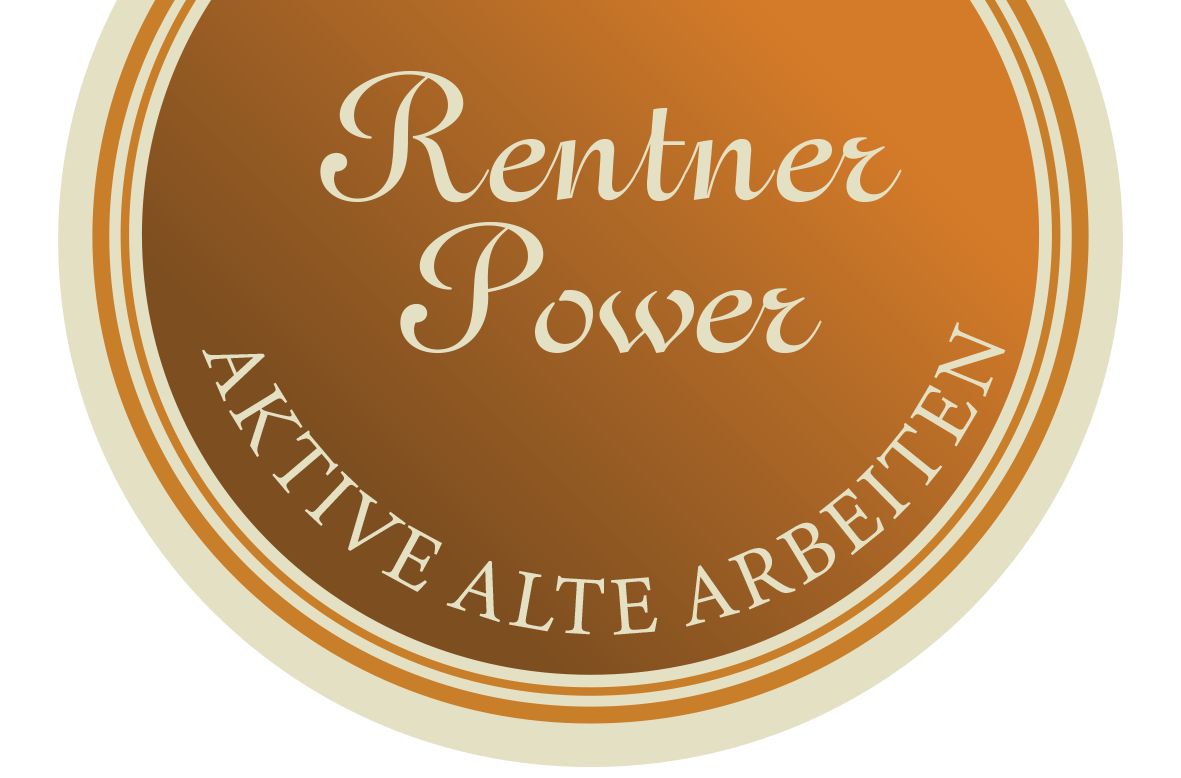Zusammenfassung: Die Lebenszykluskosten einer Immobilie beinhalten sämtliche Kosten von der Planung über die Errichtung, der Nutzung bis hin zum Abriss und der Entsorgung. Die Unterhaltungskosten, also alle Kosten die nach der Herstellung des Gebäudes anfallen, bilden mit ca. 75% den größten Anteil der Lebenszykluskosten. Es wird davon ausgegangen, dass nach ungefähr 5 -10 Jahren der Nutzung die Unterhaltungskosten den Level der Herstellkosten erreicht haben. Viele Studien beschäftigen sich mit der Thematik wie dieses immense Übergewicht der Unterhaltungskosten nachhaltig gemindert werden kann. Im Rahmen dieser Bachelorarbeit ist folgender Ansatz gewählt worden: Mit 8-10% der Unterhaltungskosten einer Immobilie stellen die Instandhaltungskosten einen beachtlichen Anteil und weisen gleichzeitig ein enormes Kostensenkungspotential auf. Das Ziel dieser Bachelorarbeit ist es, den verschiedenen Gebäudeelementen die optimale Instandhaltungsstrategie zuzuweisen und am Ende Maßnahmen aufzuzeigen, die zur Reduzierung der instandhaltungsbedingten Lebenszykluskosten beitragen. Zur Verdeutlichung des Sachverhaltes erfolgt die Unterteilung der Instandhaltung in ihre Teilgebiete Inspektion, Wartung und Instandsetzung nach der DIN 31051. Weiter wird durch die Ausführungen zur Abnutzung von Bauteilen und den Lebensdauern von Gebäuden die Notwendigkeit der Instandhaltung dargelegt. Bevor ein ausführlicher Überblick über die Instandhaltungsstrategien (es wird zwischen klassischen und modernen Strategien differenziert) gegeben wird, erfolgt eine nähere Beleuchtung der durch die Instandhaltung verfolgten Ziele. Um eine bauteilspezifische Zuweisung der Instandhaltungsstrategien zu ermöglichen, ist es zuvor unabdingbar, eine Immobilie und deren Gebäudetechnik explizit in ihre einzelnen Elemente zu zerlegen. Dazu wird sich an den Kostengruppen 300 und 400 der DIN 276 orientiert. Bezüglich jeder Kostengruppe erfolgen Erläuterungen zu deren Lebensdauern und Instandhaltungsbedarf. Der vierte Abschnitt der Bachelorarbeit befasst sich mit der Instandhaltung von Bestandsimmobilien. Ferner wird hierbei das seit Jahren aufstrebende Geschäftsfeld des Facility Management mit in die Betrachtung eingebunden. Anschließend werden die klassischen Strategien, unter dem Aspekt der Senkung der instandhaltungsbedingten Lebenszykluskosten den in Kapitel 3 aufgeschlüsselten Gebäudeelementen zugeordnet. Besonderes Augenmerk liegt dabei auf den Büroimmobilien. Während in Kapitel 4 die reaktive Gestaltung der Instandhaltungsmaßnahmen beschrieben wird, sind in Kapitel 5 Vorschläge unterbreitet, wie die Instandhaltung frühzeitig in die Planungsphase einzubinden ist, um nachhaltig die Lebenszykluskosten auf ein niedrigeres Niveau abzusenken. Hierzu werden Maßnahmen aufgezeigt, wie instandhaltungsgerecht konstruiert werden kann ohne allerdings die Verfügbarkeit der Flächen sowie die Sicherheit und Qualität des Gebäudes zu mindern. Abschließend wird ein kurzer Ausblick auf die zukünftige Entwicklung der Instandhaltung gegeben. Abstract: The life cycle costs of real estate combines the costs from planning the structure with the usage until destruction and recycling. The maintenance costs of 75% includes all the costs after building the structure, making up the largest portion of the life cycle. It will assume after using the structure for 5 to 10 years, the building price is equal the cost of maintenance. Several studies on this subject are being performed in correlation with immense over pricing combined with the cost of maintenance. In the frame of this Bachelor project it will choose to use this scenario: With 8 to 10% being maintenance costs of real estate, it reveals that up keep is a large portion of the total figure and with that, it shows the most potential for lowering costs. The aim of the Bachelor project is to conclude that the different building elements combined with the optimum up keep strategy, would result in reduction of the up keep in the life cycle of the building. To make the thesis clear, the following subtitles in up keep are: material inspection, maintenance and repair. (In reference to: DIN 31051) In further detail, this Bachelor project will show that it is a necessity for maintenance due to the wear and tear of building materials and the life cycle of structures. Before this project specifies detailed explanation over maintenance strategy (differentiation between traditional and modern methods), it will give a closer look into the maintenance objectives. In order to make a material specification assignment of maintenance strategy possible, it is necessary to divide the elements of real estate and technical installations into parts. (Reference orientation to cost category 300 and 400 of DIN 276) For each of the particular cost categories the project will follow with an analysis of the life cycle and maintenance demand. The forth section of the Bachelor project shows the maintenance of stock real estate. Furthermore, the project takes a glance at popular business field of facility management. From there, the project compares the traditional strategies under the scope of decreasing maintenance conditions and cost of living. (In reference to subdivision of the building elements in section 3) Special emphasis is put on the office real estate. In section 5 the project will show that it is a necessity to consider maintenance in the planning phase for reducing the cost of living to minimum level. In addition, the project shows measures how to give proper construction maintenance without compromising the availability of premises and technical installations and the safety and quality of the building. The Bachelor project will conclude with a quick prospectus for the future development of maintenance.
— Dieser Text bezieht sich auf eine vergriffene oder nicht verfügbare Ausgabe dieses Titels.
